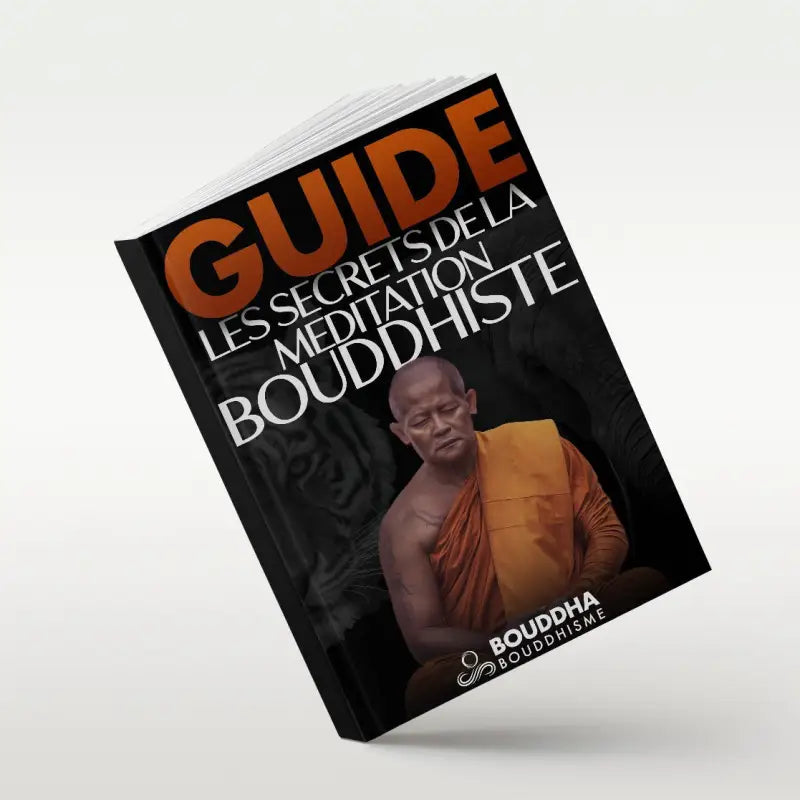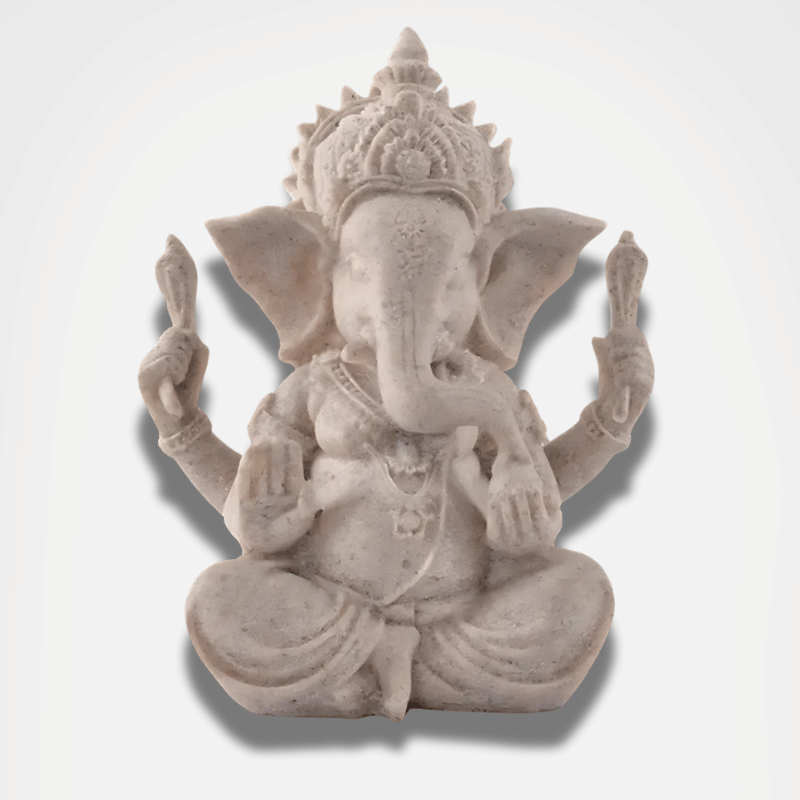What is the sacred book of Buddhism called? Revealing the Essence of Dharma
The Writings of Buddhism: A Treasure of Wisdom
Buddhism, an ancient tradition, is based on the teachings of the Buddha. At the heart of this spirituality is a sacred book, revered as a source of wisdom and guidance. It is known as the Tripitaka, also called the Pali Canon.
The Tripitaka is a compilation of the Buddha's teachings divided into three main parts: the Vinaya Pitaka, the Sutta Pitaka and the strong>Abhidhamma Pitaka. Each of these sections offers a unique and in-depth insight into the Buddha's teachings, covering topics such as morality, meditation, wisdom, and realizing the ultimate nature of existence.
1. The Vinaya Pitaka: The Rules of Discipline
The Vinaya Pitaka constitutes the first part of the Tripitaka and is dedicated to the rules of discipline for Buddhist monks and nuns. It offers detailed prescriptions regarding moral behavior and monastic practices. These rules, also known as Vinaya, play an essential role in preserving order and harmony within the Buddhist community.
The Vinaya Pitaka highlights principles such as abstention from killer, from voler >, mentrance and commit ssexual i acts >napproprietary. It also offers guidelines for resolving conflict and practicing virtues such as generosity, patience and kindness.
2. The Sutta Pitaka: The Discourses of the Buddha
The Sutta Pitaka, the second part of the Tripitaka, contains the discourses of the Buddha. These oral teachings were passed down from generation to generation before finally being recorded in writing. The sutras cover a wide variety of topics, from meditation practices to understanding the nature of the ego.
In the Sutta Pitaka, we find life stories of the Buddha, spiritual dialogues with his disciples, parables illustrating key concepts and detailed instructions on the different meditative methods. Each sutra offers a unique perspective on the path to enlightenment and serves as a source of inspiration and guidance for Buddhist practitioners.
3. The Abhidhamma Pitaka: The Analysis of Ultimate Reality
The Abhidhamma Pitaka, the third part of the Tripitaka, focuses on an in-depth analysis of ultimate reality. It explores deep aspects of the mind, consciousness and the human condition. The Abhidhamma examines the nature of phenomena and offers conceptual models for understanding the reality of the world and subjective experience.
The texts of the Abhidhamma Pitaka also offer detailed classifications of different mental processes and the constituent elements of reality. They provide a solid foundation for meditation and deep understanding of the nature of existence.
A Deeper Dive: Towards Full Awakening
In addition to the Tripitaka, Buddhism is full of other precious writings which complete and enrich the teachings of the Buddha. These texts include the Mahayana sutras, such as the Lotus Sutra and the Heart Sutra, as well as the tantras of Tibetan Buddhism.
1. The Mahayana Sutras: The Expansion of Compassion
The Mahayana sutras are sacred texts that play a central role in Mahayana Buddhism, a branch of Buddhism widely practiced in East Asia. They emphasize universal compassion and the Buddha nature present in every living being. The Mahayana sutras are often considered advanced teachings, offering methods for achieving full enlightenment for the benefit of all beings.
The Lotus Sutra, one of the most famous Mahayana sutras, presents the idea of Buddhahood inherent in all beings and teaches meditation techniques for the realization of this state of ultimate awakening. The Heart Sutra, on the other hand, emphasizes the emptiness and interconnectedness of all phenomena, offering a profound perspective on the nature of reality.
2. The Tantras: A Transformative Approach
Tantras, practiced primarily in Tibetan Buddhism, offer a transformative approach to achieving enlightenment. They use advanced meditative methods, visualizations and rituals, while integrating aspects of Indian tantric philosophy and practice.
Tantras of Tibetan Buddhism, such as the Kalachakra Tantra and the Guhyasamaja Tantra, emphasize the transformation of energy and the realization of nature of Buddha in this life. They are considered advanced texts, accessible only to initiated practitioners under the guidance of a qualified master.
Conclusion: Eternal Wisdom and Inner Awakening
Buddhism conceals a treasure of wisdom in its sacred writings. The Tripitaka, composed of the Vinaya Pitaka, the Sutta Pitaka and the Abhidhamma Pitaka, represents the basis of the teachings of the Buddha, offering valuable guidance for Buddhist practitioners. The Mahayana sutras and tantras of Tibetan Buddhism further enrich this wisdom by offering unique perspectives on enlightenment and the nature of ultimate reality.
Whether you are looking for practical advice for living a virtuous life or profound teachings on the nature of mind and existence, the sacred writings of Buddhism are an inexhaustible source of wisdom and guidance. Immerse yourself in this ocean of knowledge and discover the inner awakening that resides in every being.














































